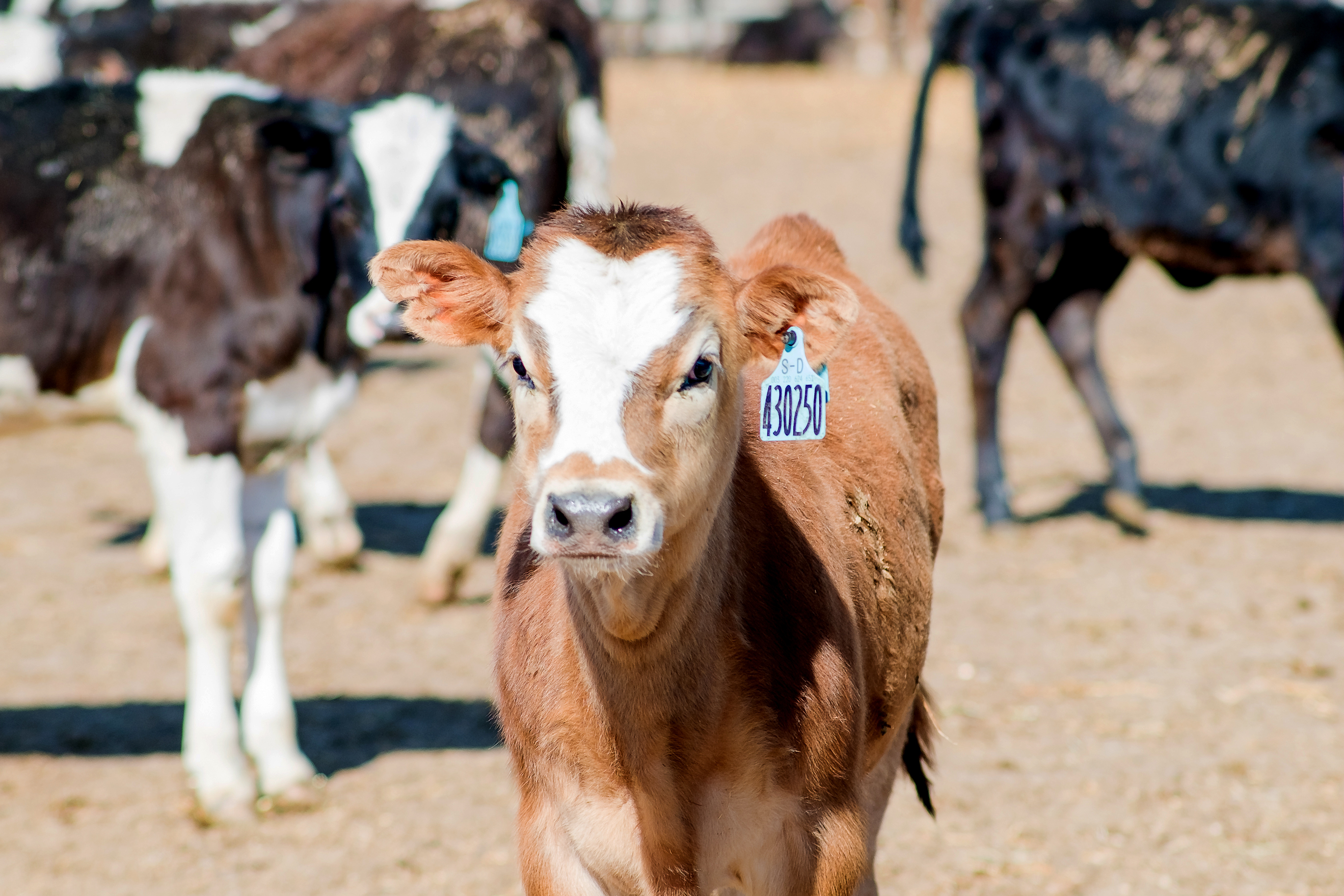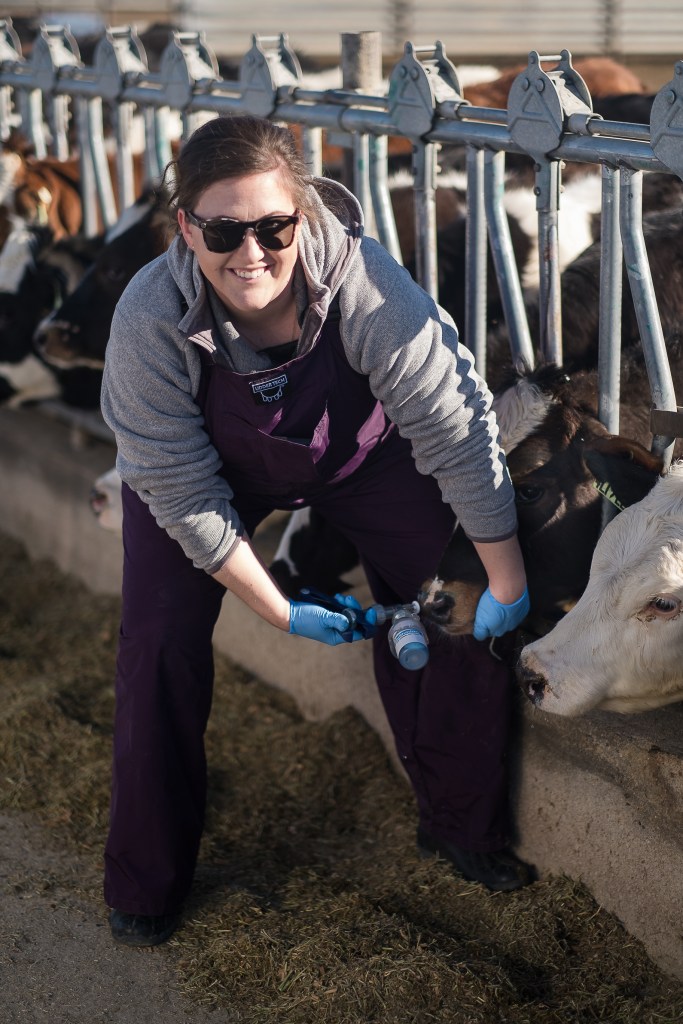
Intranasal delivery brings less stress, more confidence
“An intranasal vaccine for calves is my favorite delivery mechanism from an immunological standpoint,” says Tera Barnhardt, D.V.M. “The mucosal surface that lines the nasal cavity is loaded with immunologically active tissue. When we can place a vaccine right where that tissue is, my experience is we get an immunological response in a less stressful manner.”
For cow-calf operations, “I recommend BOVILIS NASALGEN 3 in the spring right before we turn calves out on pasture, to prevent summer pneumonia,” she continues. “I’ve been really happy with how well it works, especially since it’s not easy to monitor the health of individual calves on grass. That’s where herd immunity is important.”
In other instances, she recommends BOVILIS NASALGEN 3 on beef calves at weaning. According to Barnhardt, “That’s another opportunity for stress, and I want to counteract that.”
It is a similar situation for her feedyard clients, where they are bringing in calves that may have just been weaned or been purchased at a sale barn. “I need to protect that investment and make sure we don’t run into disease,” she says. “Anytime we have trouble in a feedyard with calves that are high-risk or have been through management practices that are ‘less than stellar,’ I usually reach for Bovilis Nasalgen 3.”
Barnhardt typically administers BOVILIS NASALGEN 3 when calves are about to be moved from a calf ranch, either back to the home farm or to a feedlot. “That’s a time of stress when I want to boost the calf’s immunity and rely on the immune system’s memory. They’re usually about 4 months old, and likely to have immune memory.”
According to Barnhardt, the benefits of intranasal vaccines also reflect Beef Quality Assurance principles. “It’s one less injection we have to worry about. If I can reduce the number of needles we use, it’s less stress on that animal and no injection-site problems.”
She also says it is easier to train workers to administer Bovilis Nasalgen 3. “We’re training more people who didn’t grow up working with animals and haven’t administered a lot of vaccines. That’s why I like the blue shadow – it makes it easier for me to see if the vaccine has been given correctly.”

